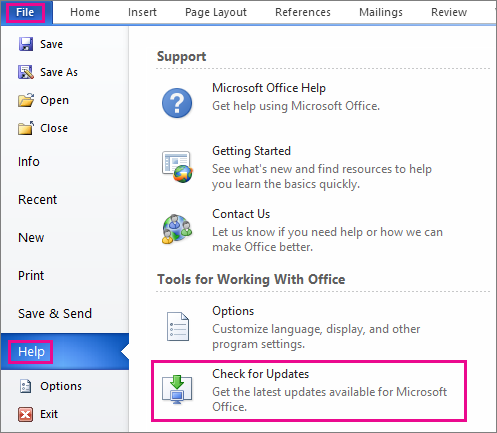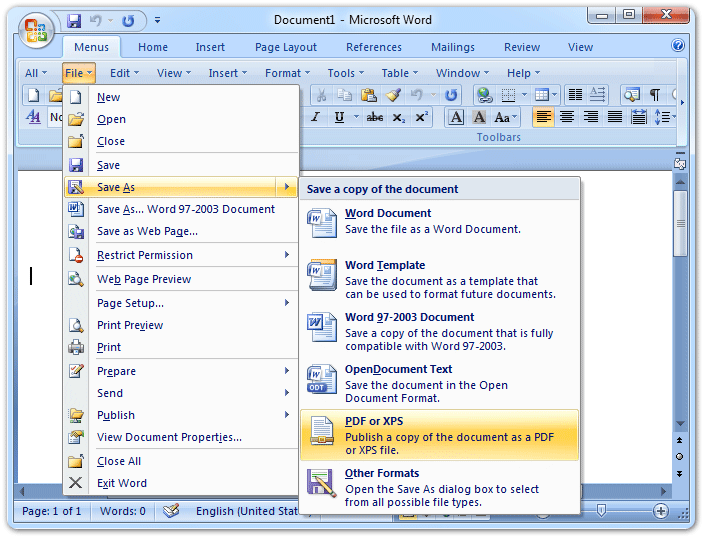
Macro-enabled documents include a file name extension that ends with the letter "m" instead of an "x". These new formats are still being used in the latest 2016 edition of Microsoft Office, but the older formats are still supported and can be opened in their respective programs.Īnother change introduced in the 2007 Office release was that there are different extensions for files that have macros enabled and those that do not. The key difference is that the original files were saved in binary form and the new ones are XML-based.

With the release of Office 2007, Microsoft was trying to leave those well-known extensions in the past and replace them with the new XML-based formats that have a 4-letter file extensions, with "x" being appended to the original extension, so for example. ppt files being probably the three most known. Over the years, users became familiar with most of the common Microsoft Office file extensions, with. These two can be only obtained as part of Office 365 subscription.
#Old microsoft office packages plus
Skype for Business (Professional Plus and higher Windows only).Access (Professional and higher Windows only).Publisher (Professional and higher Windows only).The latest editions of Office offers the following programs:
#Old microsoft office packages software
The latest edition, Office 2016, is available for Windows and OS X in several editions that offer various combinations of productivity software and also as a subscription based platform - Office 365. This category of file extensions contains file types from the Microsoft Office productivity suite and its individual programs.

Microsoft Office file extension list List of file types used by various applications from Microsoft Office productivity suite and Office 365 apps.


 0 kommentar(er)
0 kommentar(er)
